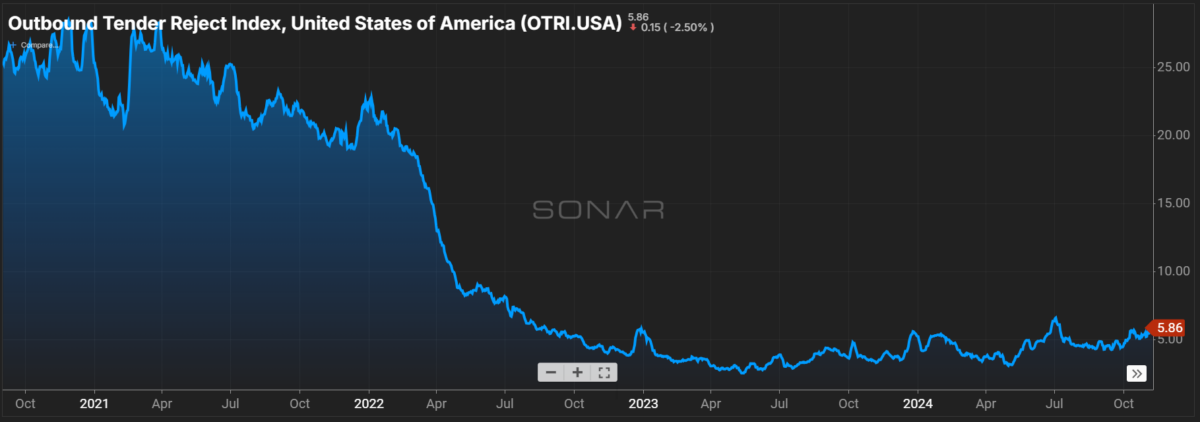Managed transportation and technology provider Uber Freight’s (NYSE:UBER) conclusion in October of an $851 million payout to Greenbriar Equity Group effectively ended the structured investment relationship established in October 2020.
Greenbriar led a $500 million investment in Uber Freight, valuing the company at $3.3 billion post-money and positioning Uber Freight as a player with ambitious growth plans. However, the payout signifies a shift, highlighting both Uber Freight’s evolving valuation and the foresight of Greenbriar’s strategic financial protections.
The investment
When Greenbriar invested in Uber Freight, it structured the deal with substantial protections and a preferred return framework. Greenbriar’s Series A preferred stock guaranteed a 1.5x liquidation preference on its initial investment, plus a continuously compounding 6% annual dividend. This structure ensured a minimum 20% annual return for Greenbriar while giving it the option to call for either an initial public offering or payout if Uber Freight didn’t achieve certain growth milestones by October 2023.
Ben Gordon, an industry investor, highlighted the value of this arrangement for Greenbriar.
“The investment guaranteed Greenbriar the right to require that Uber Freight either go public or pay Greenbriar back …,” Gordon stated in an email. “In essence, this structure gave Greenbriar the downside protection of close to a 20% annual return on its investment.”
This approach protected Greenbriar against potential overvaluation during a volatile time in FreightTech, all while giving Uber Freight the capital necessary for its 2021 acquisition of Transplace.
Uber Freight declined to comment for this story.
The shift
Uber Freight’s $851 million payout to Greenbriar showcases a shift in valuations across the industry.
Although Greenbriar initially invested at a peak valuation, the payout highlights how Uber Freight’s value has adjusted in a challenging market.

According to Uber’s Q3 10-Q report, the payout reflected a redemption value based on the preferred stock structure’s minimum threshold rather than a premium fair market valuation. The liquidation structure essentially allowed Greenbriar to exit profitably, even though Uber Freight’s current valuation likely does not match its 2020 highs.
The valuation effectively declined to approximately 60% of its original value. Greenbriar’s protective terms, however, mitigated its losses while still allowing for a profitable exit.
New era of creative financing
The Uber Freight-Greenbriar deal is a prime example of the sophisticated deal structures emerging in logistics technology investments. During the initial investment, Uber Freight gained capital to fuel expansion, while Greenbriar secured robust returns even in a shifting market.
Gordon told FreightWaves he expects similar deal structures to become more common.
“This financing illustrates the fact that now is an ideal time for creative deal making that serves the interests of investors, companies, and their counterparties,” he said.
The Uber Freight-Greenbriar partnership illustrates how strategic financing structures can bridge the gap between ambitious growth and market volatility. As Uber Freight moves forward independently, the payout provides a financial reset that may shape its trajectory in the increasingly competitive FreightTech landscape.
FreightWaves’ Tony Mulvey contributed to this report.
Good news/bad news at Uber Freight: EBITDA loss widens but revenue improves
Uber Freight expands reach, services across Mexico with new location
Uber Freight announces new tech offerings, reaches $20B in managed freight










